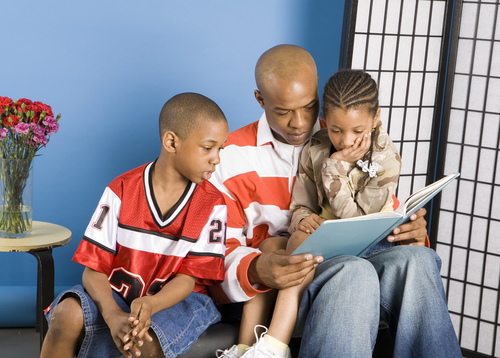Access to accurate information is a key protective factor in preventing child sexual abuse
It’s a tough world, and we want to protect our children from the people and concepts we think will hurt them, right?
In a sense that we could generously call misguided, the “Don’t Say Gay” bills, the first of which was recently signed into law in Florida, would seem to have that aim. But its impact could easily be the opposite, and its true aim really seems to be to help politicians grandstand on the shoulders of our children.
Here’s why: The Florida law prevents public institutions like schools from presenting any instruction on sexual orientation or gender identity, possibly through high school. The folly in this will be clear to anyone who remembers being even slightly curious during his or her youth. “Just Say No” did not solve the nation’s drug problem. Prohibition didn’t end the misuse of alcohol.
Just because a school isn’t supposed to teach something doesn’t mean that a child isn’t going to want to know about it, especially if the child has questions about their own identity or sexuality. Making this information forbidden will simply drive children to what they might consider the next best source of information.
Maybe that’s the Internet, which can be its own cesspool. Or it could be that sympathetic-appearing coach who has something ugly on their mind.
High profile tragedies have shown us how vulnerable children are to this most insidious violation. We now know that the majority of sexual abuse is perpetrated by someone a child knows, and that a significant proportion of sexual abuse is perpetrated by other youth. It is also now clear that access to accurate information from trusted adults is key for a child to protect themself, and learning tolerance, respect, and self-control helps ensure our children don’t hurt others.
Recognizing the import role of schools as the one resource all children can access, standards for sexual health education were prepared by the national professional societies for health educators and offered to districts as a basis for curricula. Similarly, professionals and the government responded to the need for resources to help stop bullying in schools also developing comprehensive resources. In Florida, a lot of those resources could be locked away.
Without educated, trusted adults as a source of information, children will satisfy their natural, and sometimes overwhelming need for information by going to the internet, which brings risks. A national study found that almost all boys and two-thirds of girls over age 13 have been exposed to online porn. More kids have access to on-line pornography than have access to a trained and trusted adult.
Worse yet, when trusted adults are unavailable, untrustworthy adults (and older kids) are ready to satisfy a child’s curiosity while satisfying their own nefarious needs. Convicted pedophiles I interviewed while writing The Sex-Wise Parent were clear that satisfying kids’ curiosity was a reliable first step to molestation.
Kids are at risk of being denied access to critical resources that can promote sexual health and safety, prevent sexual abuse and bullying. The so called ‘Don’t Say Gay’ bills, as passed in Florida and being contemplated in more than a dozen other states terrify teachers , deprive children of an accessible trusted adult, and ignore years of evidence showing that accurate information delivered by trusted adults is a vitally important protective factor for our children.
Accurate information and teaching of tolerance are vital to the prevention of sexual abuse. While I and others in my profession are committed to supporting parents to be the primary sexuality educators of their children, we know that that’s not enough. Parents must do their part – by being a prepared and trusted adults who can discuss sexual health and safety, (find help here or here) and ensure their children attend a school staffed by trained and trusted adults wo can use the tools at their disposal to create a safe and tolerant climate for all children to learn and grow.
Observe Child Abuse Prevention Month in your home and community by promoting kids’ access to accurate information provided by trained and trusted adults. It’s a tough world, but codifying ignorance and intolerance through “Don’t Say Gay” laws makes it tougher for our children, not safer.



